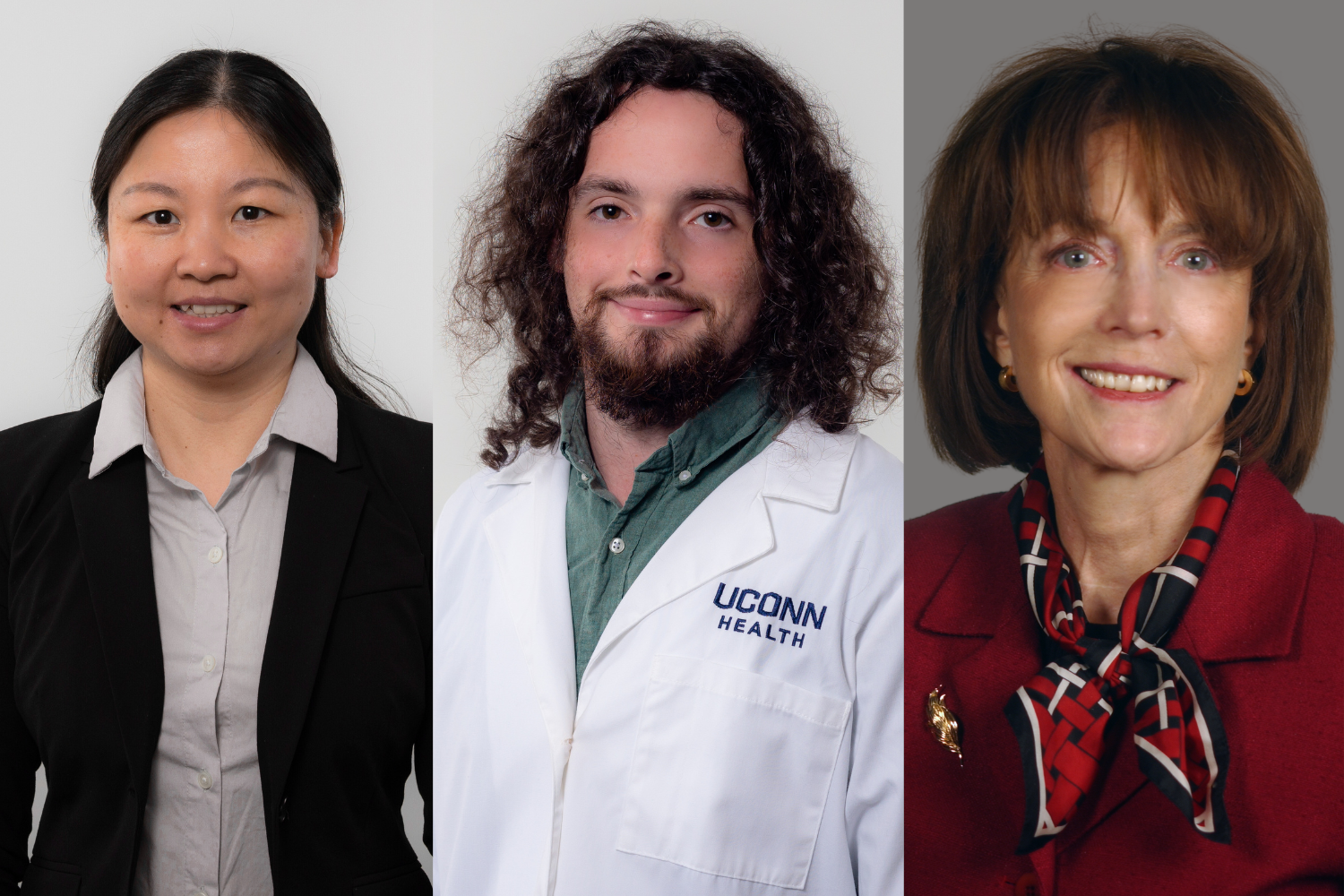In a groundbreaking development that’s rewriting the rules of quantum technology, researchers at the University of Connecticut (UConn) have made a significant breakthrough that’s poised to revolutionize the field. By harnessing the power of quantum mechanics, scientists have long sought to create devices that can process information at unprecedented speeds and with unparalleled accuracy. But a new innovation from UConn is taking this pursuit to the next level, with potential applications that range from quantum computing to advanced materials science. As we continue to push the boundaries of what’s possible with quantum technology, the possibilities seem endless – and this latest breakthrough is a testament to the innovative spirit of UConn’s researchers. In this article, we’ll explore the details behind this exciting development and what it means for the future of quantum technology.
The Quest for Quantum Supremacy

The quest for quantum supremacy is being hindered by a significant challenge: superconducting qubits are prone to disruptions caused by two-level system (TLS) defects. These defects are considered permanent flaws inherent to the underlying material, making it challenging to maintain delicate quantum correlations. The TLS defects create a kind of noise that drowns out quantum behavior, making it difficult to build a quantum device.

The Challenge of Superconducting Qubits
Superconducting qubits are fragile and require clean materials to stabilize delicate quantum correlations. However, such materials are impossible to realize in the real world. The materials defects disrupt fragile quantum states that the qubits require. As Professor Balatsky aptly puts it, “Just as it’s difficult to hold a conversation in a crowded room due to background conversations, TLSs create a kind of noise that drowns out quantum behavior.”

The Impact of TLS Defects
TLS defects were considered permanent flaws inherent to the underlying material that were impossible to remove or control in building a quantum device. For decades, researchers struggled to mitigate the impact of these defects, but it seemed like an insurmountable obstacle.

Rigetti’s Breakthrough
However, Rigetti, a Bay Area-based quantum computing company, disproved TLS permanence in a landmark 2024 study. David Pappas, Rigetti’s senior principal scientist, led the study that introduced a novel technique called Alternating-Bias Assisting Annealing (ABAA). Through the application of precise electric pulses, the team reduced TLS disruption, proving that the disruptions could be mitigated.

The UConn Contribution
The University of Connecticut is a partner in a project to develop a deeper understanding of how a revolutionary chip fabrication process can improve superconducting qubits. UConn scientists and engineers are poised to contribute important research to a project designed to remove the microscopic defects that hinder development of quantum technology.

UConn’s Role in the Consortium
The consortium includes Rigetti, Iowa State University, the Royal Melbourne Institute of Technology, and the Lawrence Livermore National Laboratory. The interdisciplinary and international project underscores the importance of academic collaboration with private industry.
Alexander Balatsky’s Team
Professor Balatsky leads a team working to isolate, control, and eradicate TLS defects from contemporary quantum devices. The team will focus on cutting-edge quantum material modeling and use supercomputers to simulate how TLS defects form and behave at the atomic level. Research will take place at the Institute for Materials Science.
“UConn is positioning itself as a key hub for quantum materials and quantum technologies research. The goal isn’t just to keep pace – it’s to lead,” says Balatsky.
The Institute for Materials Science
Research will take place at the Institute for Materials Science, where the team will use state-of-the-art facilities to study the properties of materials at the electronic and atomic levels.
The AFOSR Grant and its Implications
The $5.48 Million Grant
The Air Force Office of Scientific Research (AFOSR) has awarded Rigetti Computing and its research partners a $5.48 million grant to further develop chip fabrication technology.
Understanding the Physics of TLSs
The grant seeks to help address the next challenge as researchers try to understand the physics behind TLSs and develop materials that minimize their impact.
Scaling Superconducting Quantum Computers
The collaboration between Rigetti and UConn aims to leverage the ABAA technique to scale superconducting quantum computers.
The Future of Quantum Technology
The Potential of Quantum Technology
Quantum technology has the potential to revolutionize many fields and industries, from computing and cryptography to materials science and medicine.
The Importance of Materials Science
Understanding the properties of materials at the electronic and atomic levels is critical to developing quantum technology.
UConn’s Position as a Quantum Hub
UConn is positioning itself as a key hub for quantum materials and quantum technologies research, with the goal of leading the field rather than just keeping pace.
Conclusion
In a groundbreaking achievement, researchers at the University of Connecticut have successfully pushed the boundaries of quantum technology, opening doors to unprecedented possibilities. As our article highlighted, their innovative breakthrough stems from the development of a novel quantum processor, capable of processing complex calculations at an exponential rate. By harnessing the power of quantum entanglement, this advancement has immense implications for fields such as cryptography, artificial intelligence, and materials science.
The significance of this breakthrough cannot be overstated. It not only marks a major milestone in the quest for quantum supremacy but also underscores the immense potential for transformative innovation. The far-reaching implications of this technology will likely reshape industries, redefine scientific inquiry, and drive societal progress. As quantum computing continues to evolve, we can expect to see significant breakthroughs in areas such as quantum simulation, machine learning, and optimization problems. These advancements will, in turn, fuel further innovation, propelling us toward a future where complex problems are tackled with unprecedented efficiency.
As we stand at the cusp of this quantum revolution, it’s clear that the possibilities are limitless, and the future is bright. The University of Connecticut’s groundbreaking achievement serves as a beacon, illuminating the path toward a new era of technological prowess. As we continue to push the boundaries of what’s thought possible, we’re reminded that the true power of innovation lies not in its applications, but in its potential to reshape our understanding of the world and our place within it. The question now is: what will we create next?
